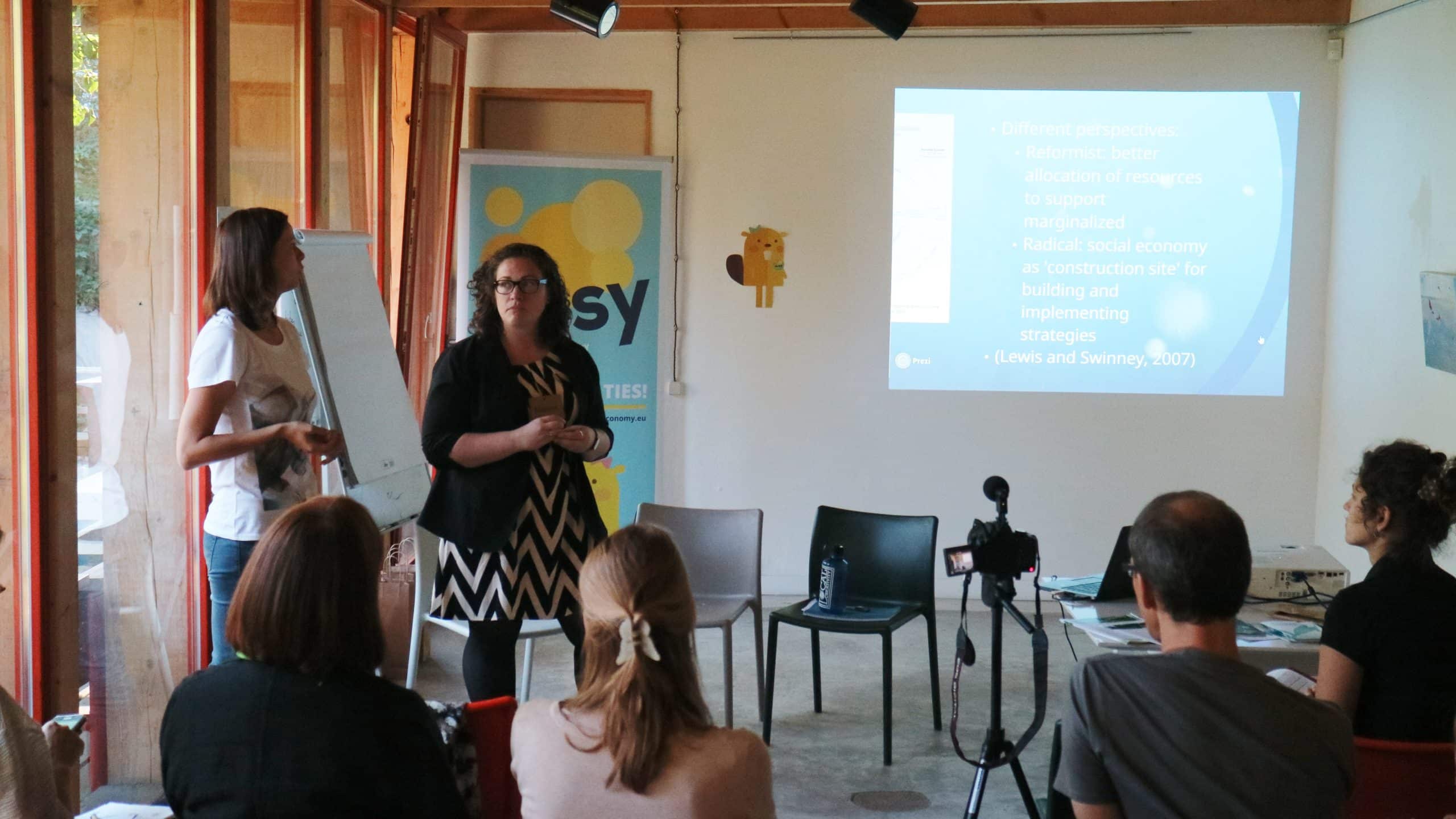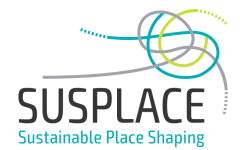
Earlier this week, I gave a talk entitled “Social Economy: A Primer” at a local training course co-hosted by Zala Briviba and the Latvian branch of the EU project “Sustainable and Solidarity Economy” (SUSY). The course “When money is not essential? Local and global solutions of social and solidarity economy” was held for stakeholders from the realms of academics, politicians, and practitioners at Kalnciema Quarter in Riga, Latvia. The aim was to raise awareness about social and solidarity economics within both local and global interactions to stakeholders in the country.
My talk focused on introducing the concept of social economy to the audience, including: its history and definition, what social economy can do for communities and individuals, empirical examples of social economy initiatives within the European Union and other parts of the world, ending with social economy within the Latvian context. This was directly related to my project within SUSPLACE, which is examining the social economy of so-called ‘alternative’ food initiatives in Latvia. While the other two presenters (Jenneth Parker from the Schumacher Institute for Sustainable Systems, and Ruby van der Wekken from SITRA, the Finnish Innovation Fund) gave more theoretical and empirical presentations I had been asked to give an overview of the topic, as the concept of social economy is still not entirely familiar within Latvia. Deciding what information to present and how to present it helped me to amalgamate the reading I have done about social economy as a whole, and the specific case here in Latvia.

Public dissemination of research outputs is an important thing for any research project, though can be tough to break into for early stage researchers. Using outlets such as Twitter, Facebook, or blogs is a great way for researchers to put their ideas and findings out into the world but can lack the personal interaction with the communities said research is either about or can impact. While this type of dissemination has become frequently necessitated by funding bodies and universities, it is ultimately a good practice for researchers to follow regardless of requirements. By making findings and research processes publicly available, the results become more relevant to the target audience, and researchers become more aware of the contexts they are working within (1). Researchers also have the opportunity for their work to be commented on by the public, which often does not happen until well after the research has been carried out (2) which allows for a better understanding of the research by both parties (3).
I have found that activities like these help me to be more reflective as a researcher. Getting feedback from the community which I will be studying – especially at such an early stage in the project – has really helped me to focus what questions should be addressed not only from an academic focus, but from a community one. Engaging with different stakeholders has allowed me to gain a better understanding of each perspective, and how my research can impact these individuals and communities in a meaningful way. Events like these are also a good way to meet people with similar interests, along with potential ‘gatekeepers’ into communities – or even people to help with translation!
